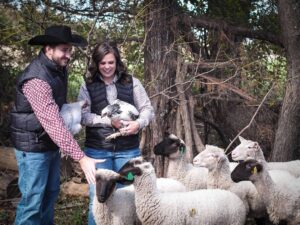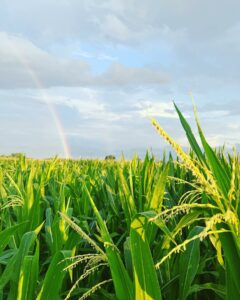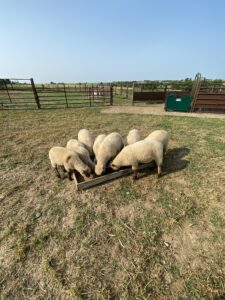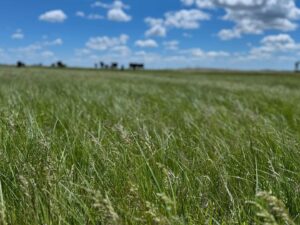As the warmer temperatures gradually made their way into February, I found myself in my garden, clearing away excess organic material from the previous year. Among my favorite vegetables to grow are sweet corn, cucumbers, tomatoes and pumpkins. Living in a region blessed with the opportunity to enjoy fresh garden vegetables for at least two seasons annually, I enjoy preserving the abundance. Freezing surplus sweet corn and juicing tomatoes allows our family to relish the taste of homegrown produce even during the winter months.
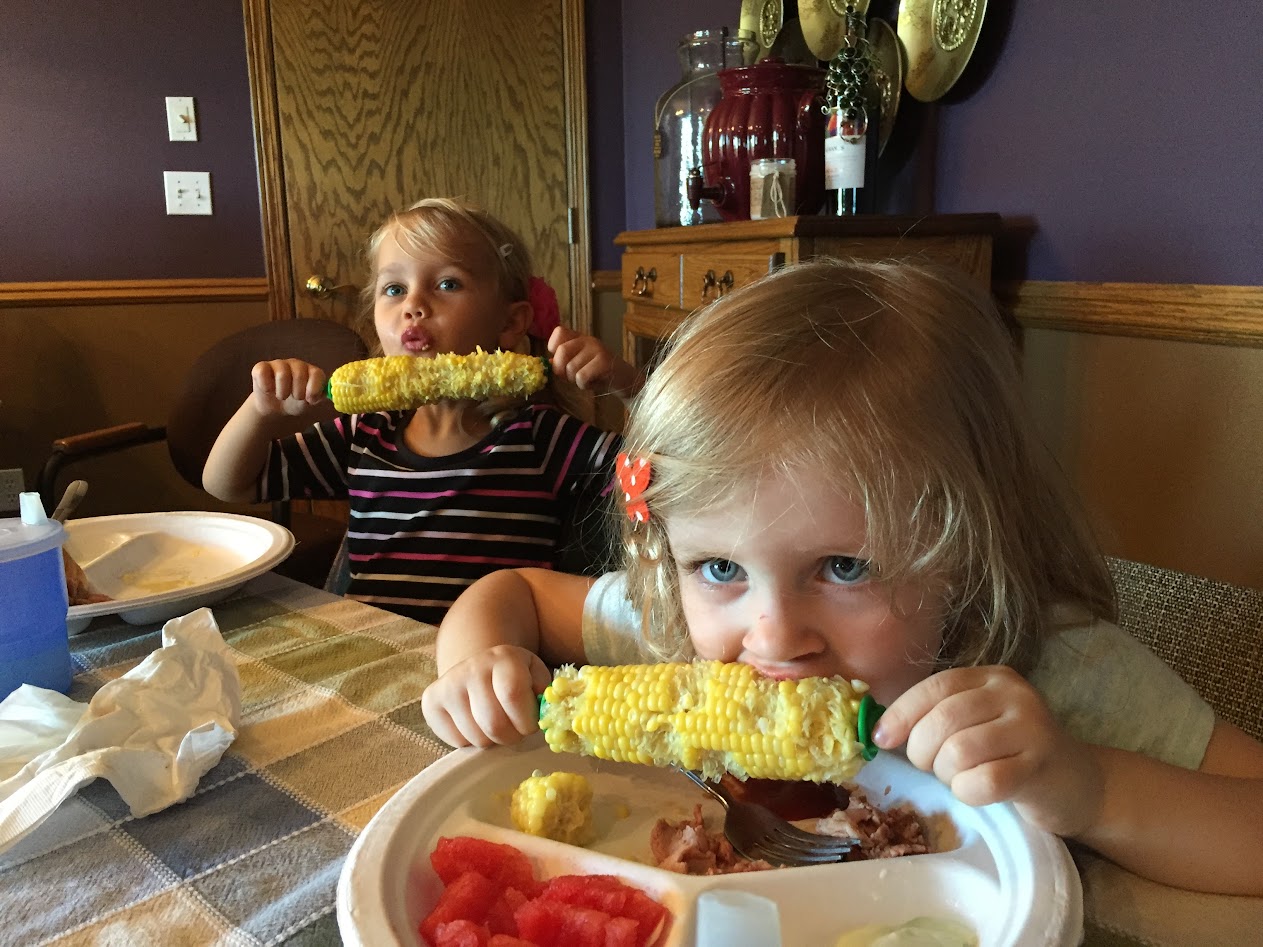
On our farm, we grow corn not only for human consumption but also as feed for our cattle. While a field of sweet corn may appear quite similar to the field corn intended for our cattle, there is a fundamental distinction. During our farm tours, we often receive comments about the abundance of sweet corn growing in our fields. However, it becomes a great moment to share with visitors about the clear difference between sweet corn, suitable for direct human consumption, and field corn, which serves as a vital component in our cattle’s diet.
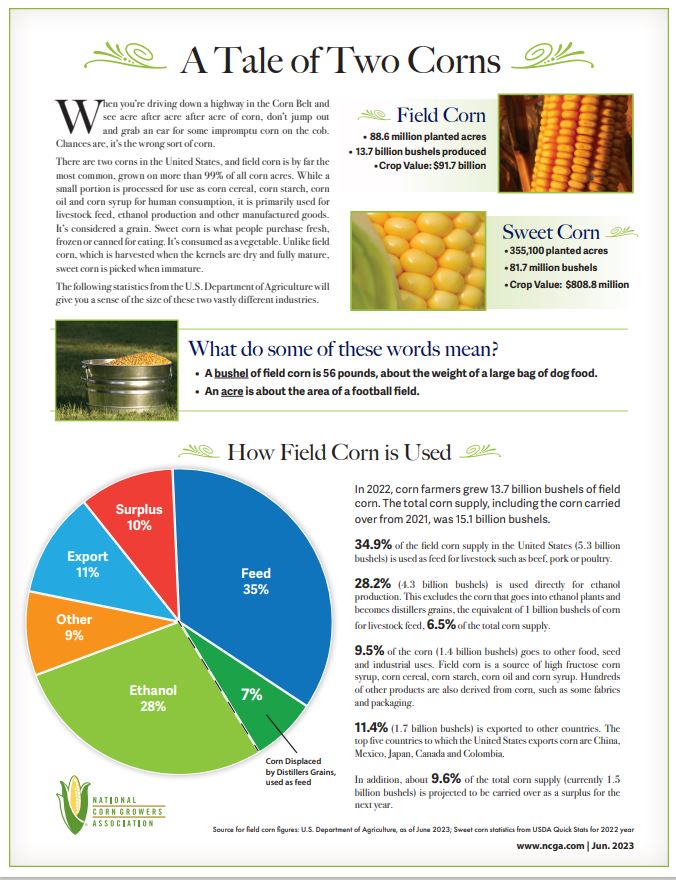
In Nebraska, we grow field corn on nearly ten million acres, producing about 1.5 billion bushels of corn. As you can see in the graphic, 35% of all field corn grown in the United States goes into livestock feed. Another 28% of all field corn is used to produce ethanol. The ethanol plants in our region not only contribute to biofuel production but also provide an excellent byproduct for our cattle in the form of distillers’ grain. In Nebraska, we often refer to the harmonious connection between corn, ethanol and cattle as the “Golden Triangle.” This integrated cycle showcases the versatility of our agricultural practices, where each element complements the others, creating a sustainable and interconnected system. The Golden Triangle is unique to Nebraska because of our location and availability of these three products.
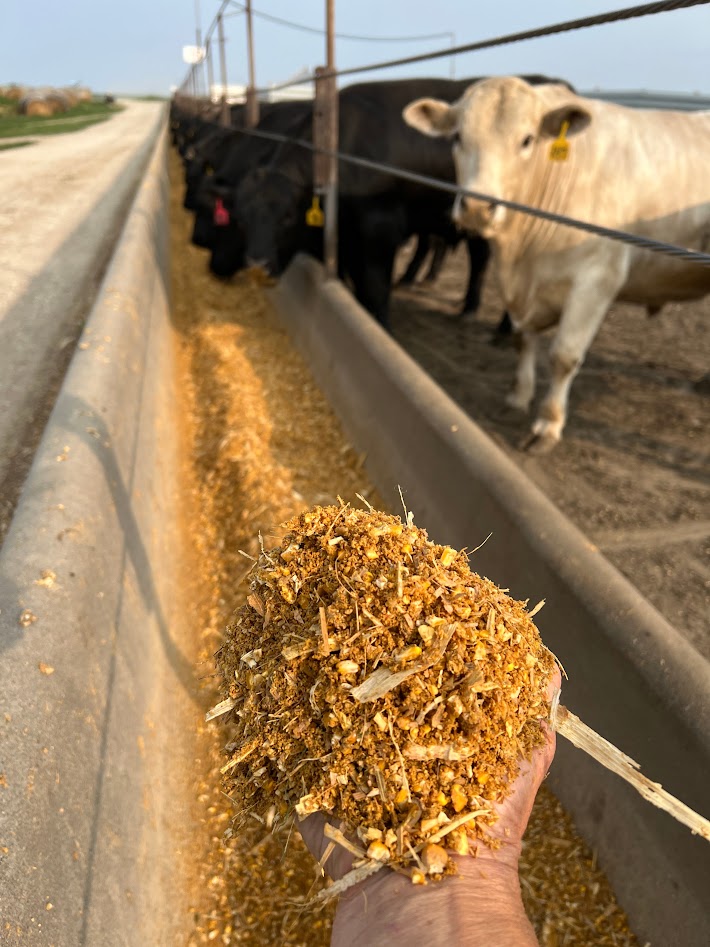
The story of agriculture in Nebraska is one that can easily be rallied around. We have the soil, moisture and climate conditions to raise corn well. The corn plant pulls carbon dioxide from the air into the soil when it grows while releasing oxygen into the air. When we harvest corn on our farm, we adopt an all-encompassing method by utilizing not just the grain but also the cob, leaves and occasionally the stalk to feed our cattle. Incorporating corn as a key ingredient in our cattle feed allows us to create a nutrient-dense, tender and flavorful protein source. This commitment to resourceful and sustainable farming practices ensures that both your family and mine can enjoy the benefits of high-quality, locally sourced protein.

If you want more information about how we grow our food, I encourage you to explore the Nebraska CommonGround website. From field corn to sweet corn, we have farmers willing to share how that food is raised. As a farmer, my firsthand experience gives me a unique perspective on how we grow crops and care for our cattle.
Our goal at CommonGround is to alleviate fears surrounding food by providing assurance that the products you purchase for your family are not only safe but also produced with transparency and integrity.
